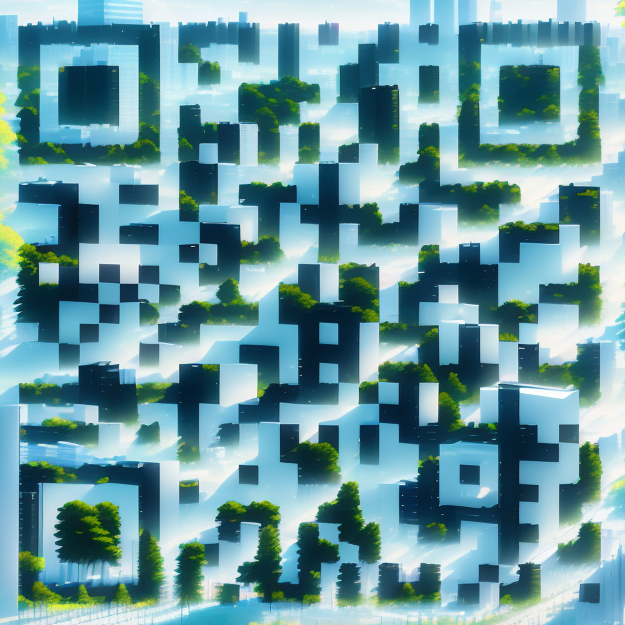设计目标:本设计旨在为大学校园医院与教学楼之间的空地规划出一片生态绿地,以打造可持续发展的 绿色校园 环境。通过结合碳中和理念和生态设计原则,创造一个健康、宜人的空间,促进学生和工作人员的福祉和可持续发展。

设计原则:
- 生态多样性:打造一个生态多样性丰富的绿地,包括各种植物、花卉、灌木和树木。通过合理的植物选择和布局,提供适宜的栖息地,吸引鸟类、昆虫和其他野生动物,增加校园生态系统的丰富性。
- 雨水管理:设计绿地时考虑雨水管理措施,如雨水收集系统和湿地过滤系统。将收集的雨水用于灌溉绿地,并通过湿地过滤系统净化雨水,减少径流和污染物的排放。
- 可持续交通:设计鼓励可持续交通方式,如步行、自行车和电动交通工具。提供便捷的步行和自行车道,设置充电设施,以鼓励校园成员选择环保交通方式,减少碳排放。
- 座椅和休闲区:合理布置座椅和休闲区,为校园成员提供休息和交流的场所。选用环保材料,并结合树荫和景观设计,提供舒适的休息环境。
- 教育与互动:设计绿地时,考虑教育元素和互动设施的设置。例如,设置信息牌和展示板,介绍植物和生态环境知识;设计互动性的景观元素,鼓励学生和工作人员参与绿色校园的保护和可持续发展。

结论:通过碳中和背景下的 绿色校园 新路径·大学校园医院与教学楼间生态绿地规划,我们能够为大学校园创造一个健康、可持续发展的环境。通过生态多样性、雨水管理、可持续交通、座椅和休闲区以及教育与互动等设计原则的应用,实现校园的绿化、雨水管理和生态保护目标。这将为学生和工作人员提供一个宜人的校园环境,促进健康、互动和可持续的校园生活方式的实践和传承。[SCITIP 绿色校园 ]
DOI: 10.41686/y.cnki.ysjsz.2022.001635
CITE: 郑亮, 陈以乐, 环艺类作品 碳中和背景下的绿色校园新路径·大学校园医院与教学楼间生态绿地规划. 彭贵军 主编, 中国创意设计年鉴, 四川师范大学电子出版社,2020-2021,354, 年鉴.DOI:10.41686/y.cnki.ysjsz.2022.001635.
Through the new path of green campus under the background of carbon neutrality, the planning of the ecological green space between the university campus hospital and the teaching building, we can create a healthy and sustainable environment for the university campus. Greening, stormwater management, and ecological conservation goals on campus are achieved through the application of design principles such as biodiversity, stormwater management, sustainable transportation, seating and recreation areas, and education and interaction. This will provide students and staff with a welcoming campus environment that promotes the practice and inheritance of a healthy, interactive and sustainable campus lifestyle.Through the new path of green campus under the background of carbon neutrality, the planning of the ecological green space between the university campus hospit
al and the teaching building, we can create a healthy and sustainable environment for the university campus. Greening, stormwater management, and ecological conservation goals on campus are achieved through the application of design principles such as biodiversity, stormwater management, sustainable transportation, seating and recreation areas, and education and interaction. This will provide students and staff with a welcoming campus environment that promotes the practice and inheritance of a healthy, interactive and sustainable campus lifestyle.


